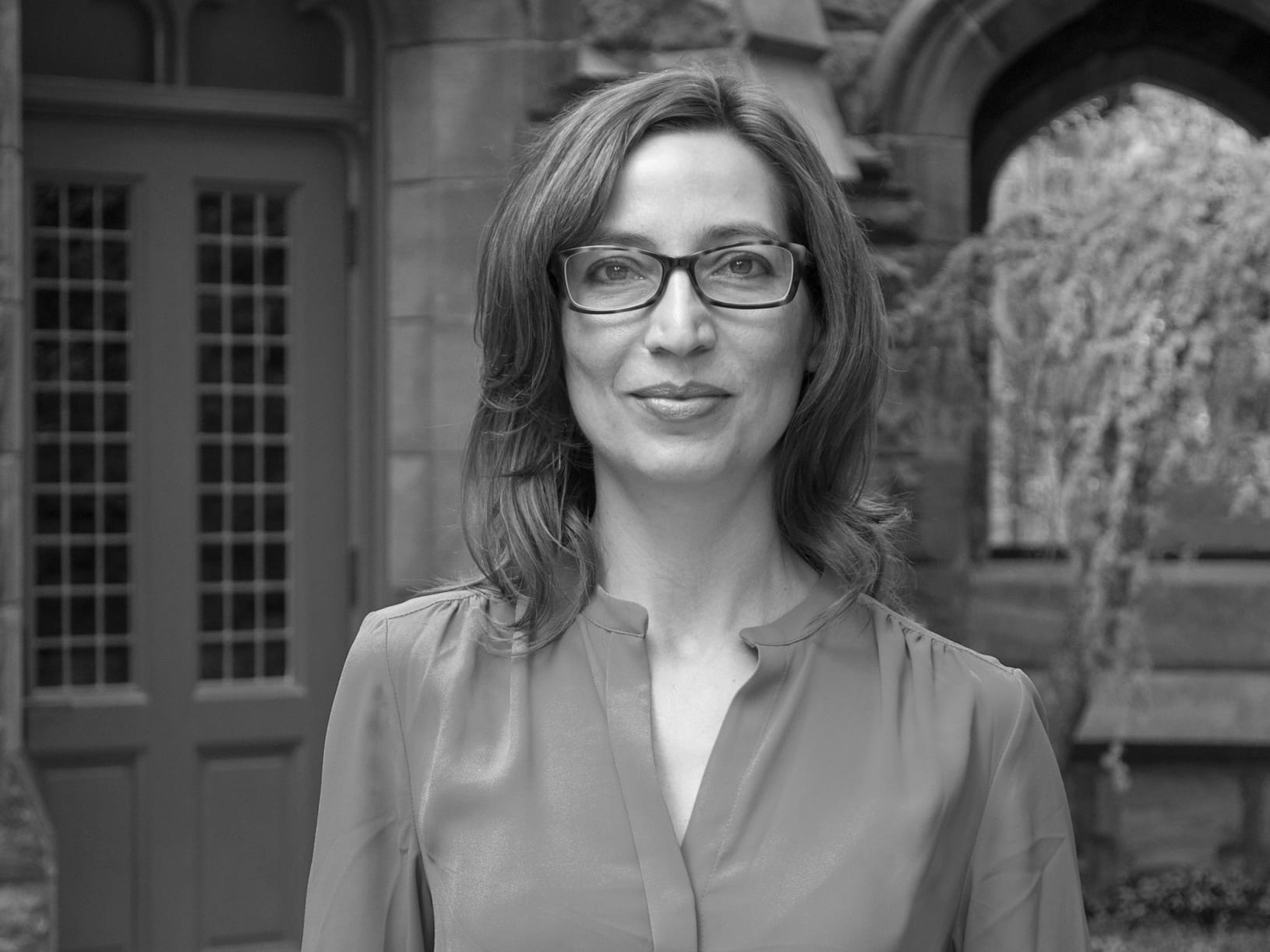Carolina Mangone specializes in Renaissance and Baroque art, with varied interests in concepts and practices of imitation and originality, of materials and intermateriality, of finish and unfinishedness, as well as in modes of visualizing religious ideas and their histories, and in the afterlives of early modern masters in text and image.
Her forthcoming book, Bernini’s Michelangelo (Yale University Press, 2020) is the first comprehensive examination of Bernini’s persistent and wide-ranging imitation of Michelangelo’s canon of art. Investigating the exchange between theory and practice in Bernini’s “imitatio Buonarroti,” she recuperates a set of norms that pervade his diverse production over seven decades in papal Rome. Through close analysis of religious sculptures, tomb monuments, architectural ornament, and the design of New Saint Peter’s, Mangone reveals how Bernini approached Michelangelo’s art as a surprisingly flexible repertory of precepts and forms that he reconciled—here with daring license, there with creative restraint—to the changed aesthetic, sacred, and theoretical imperatives of his era. Mangone is currently immersed in a new book project, Imperfect Michelangelo: Nonfinito and the Limits of Marble Sculpture, the first monographic examination of the emergence and reception of Michelangelo’s unfinished sculptures.
Mangone’s teaching encourages collective discovery in courses that invite students to break new ground in familiar realms of study: the arts of self-inscription (portraiture, biography, autobiography); the incomplete work of art; the materials of sculpture and their dialogues with painting, drawing, and architecture; imitations, fakes, and originals; and religion and its modes of representation. She also regularly teaches for Princeton’s HUM sequence.
Before joining the Princeton faculty, Mangone was a Mellon Postdoctoral Fellow and Lecturer in the Department of Art and Archaeology at Columbia University.
Professor Mangone is a member of the Executive Committee for the Fund for Canadian Studies. See her full bio on the Department of Art and Archaeology website.













